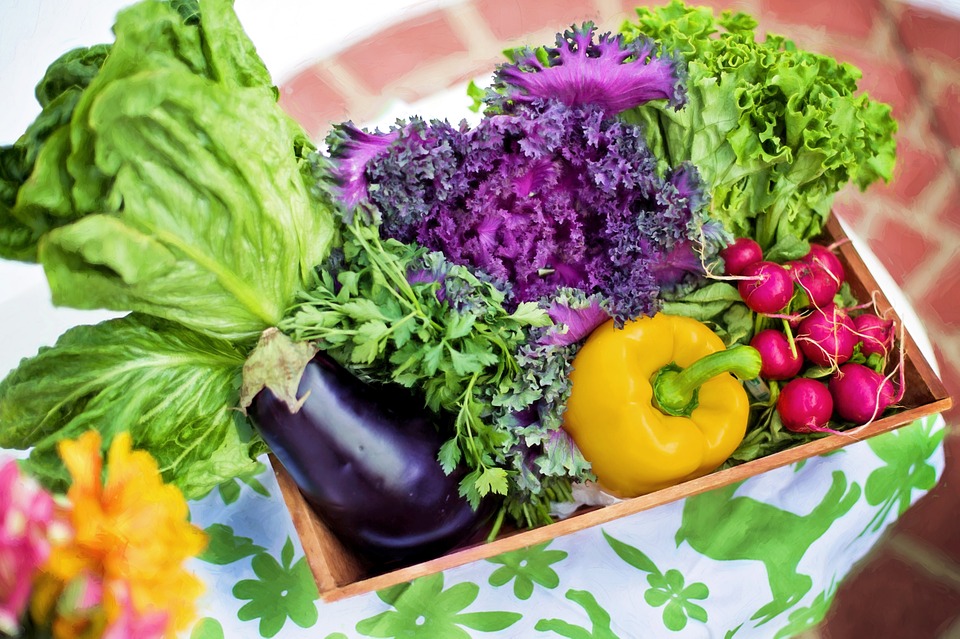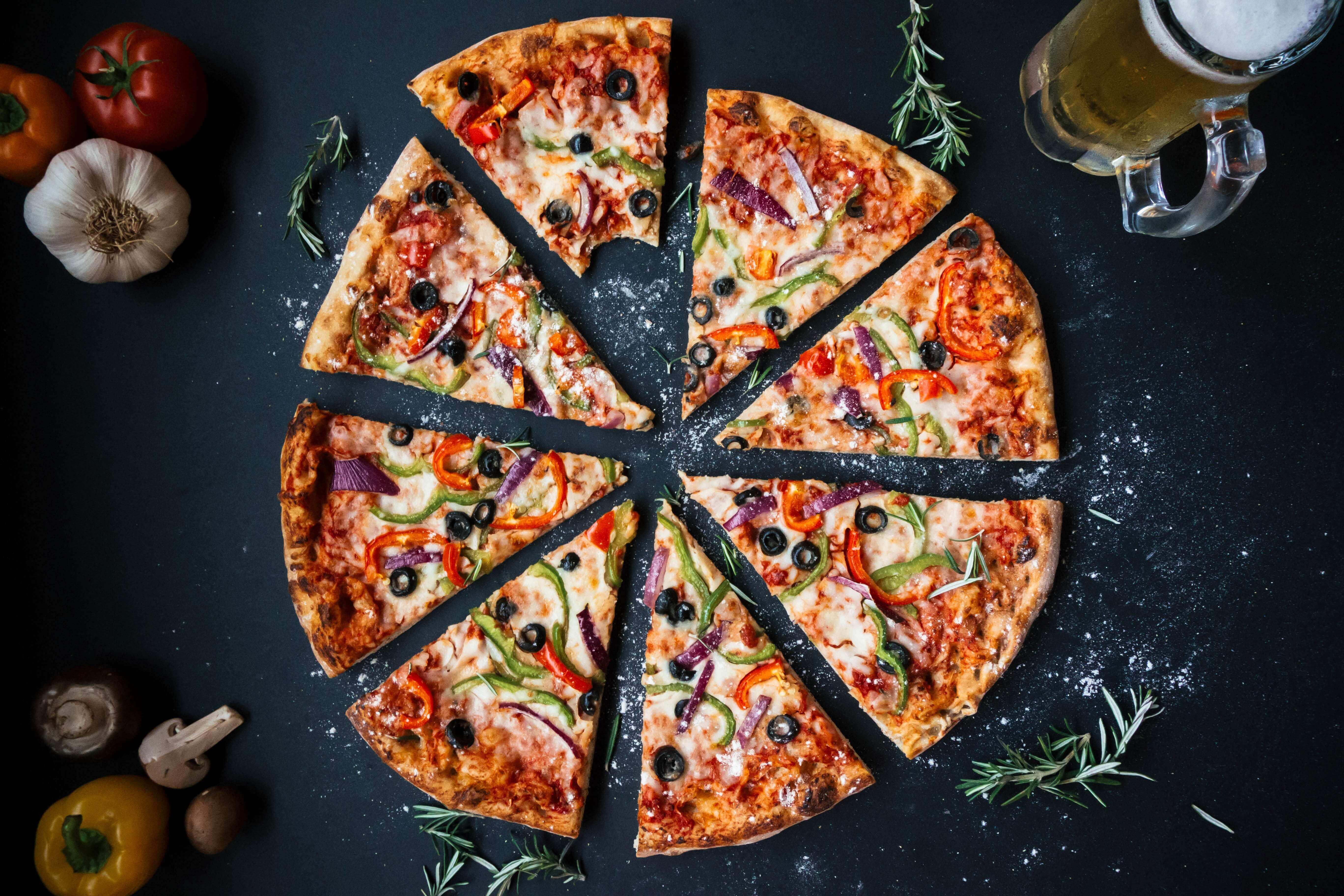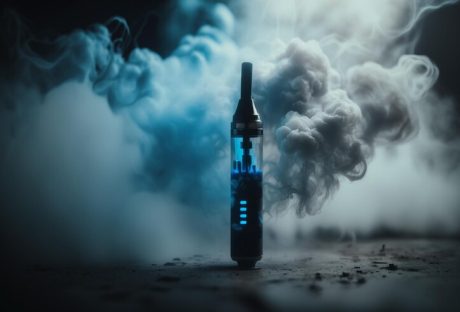Almost all the parents face the problem of getting some vegetables down the system of their little ones. Children are quite adaptive and they change easily if it is introduced in a healthy manner. All you need to do is understand the psychology of your little ones and make it exciting for them. Kids love to do anything when it is fun.
Read also: 9 Magical Benefits of a Vegetarian Diet
Here are a few amazing tricks using which you can turn the intake of veggies into a fun activity and get your kids to eat them without any force. So, read through and thank me later!
Ignore Sometimes
Kids tend to repeat those actions on which they get the most attention. When they do not want to eat vegetables, the parents immediately shift all their focus towards the kid. That’s when they start to repel even further. In order to let your child figure out the taste themselves and feel that it is normal to eat veggies on the dinner table like everybody else, just ignore them sometimes.
Be the Role-Model
Children look up to their parents and imitate their actions. In order to develop healthy habits like eating vegetables or the like, make sure you follow them too. If you are going to eat vegetables at the dinner table, they will not have an excuse to say ‘no’ to the veggies. In fact, they might even be more interested to give the veggies a try after seeing you eat. Make sure you discuss the health benefits of vegetables and give more awareness to kids while being on the table or an hour or two beforehand.
Ask for Help
If you ask for a hand in the kitchen while you prepare the meal, the kids will be much more interested to eat that dish. Make them believe that they are cooking it. Make them add a few spices or cut a few veggies so that they get excited to try the dish. This way you will not have to force them to take a bite or two as they will definitely take one by themselves.
However, they may need some motivation to finish the plate. Do not force them to finish it and let them eat as much as they can. Note that, forcing things on to kids only makes them repel even further.
Decorate the Plate
Kids get attracted to food that looks very colorful and tempting. Therefore, make sure you garnish their plate and make shapes like a smiley or a tree using the veggies. Then, play with your child by asking them to eat the tree like a giant dinosaur. You can also make a story for them in order to help them finish their plate. This way their attention would be divided and they will continue eating without much fuss.
Make the Dips
We all know how kids love ketchup, cheese, and other sauces. In order to make the vegetables exciting for kids, prepare different delicious dips made of cheese, cream, butter or whatever your kids love. Tell them that the dish is called vegetable nachos and it may help them eat the clean solid veggies while imagining nachos. Smart, isn’t it?
Read also:






















